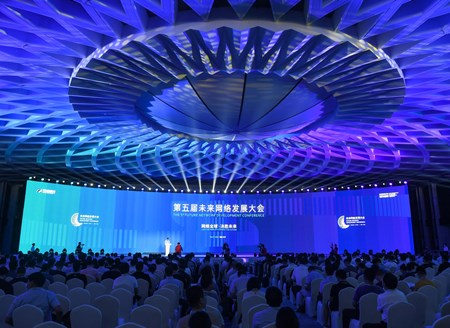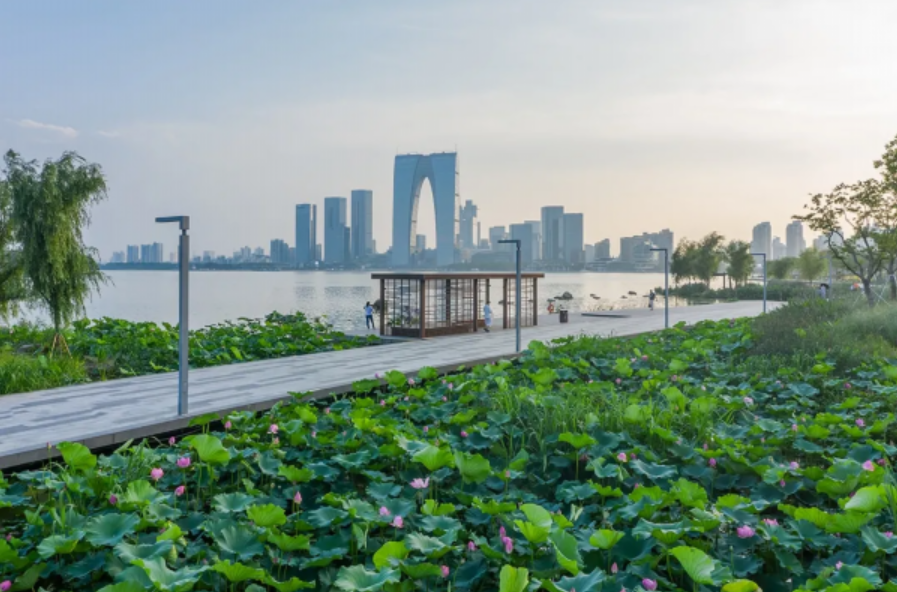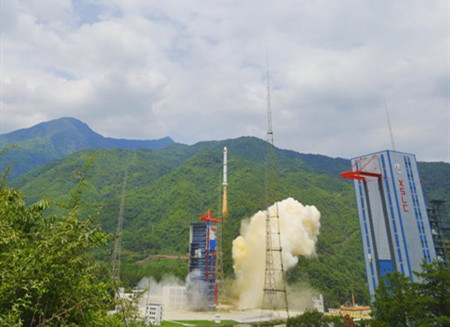East China’s Jiangsu province has begun to transplant rice in saline-alkali-tolerant land. Jiangsu has more than 10 million mu of coastal tidal flats, accounting for about a quarter of the country's total.
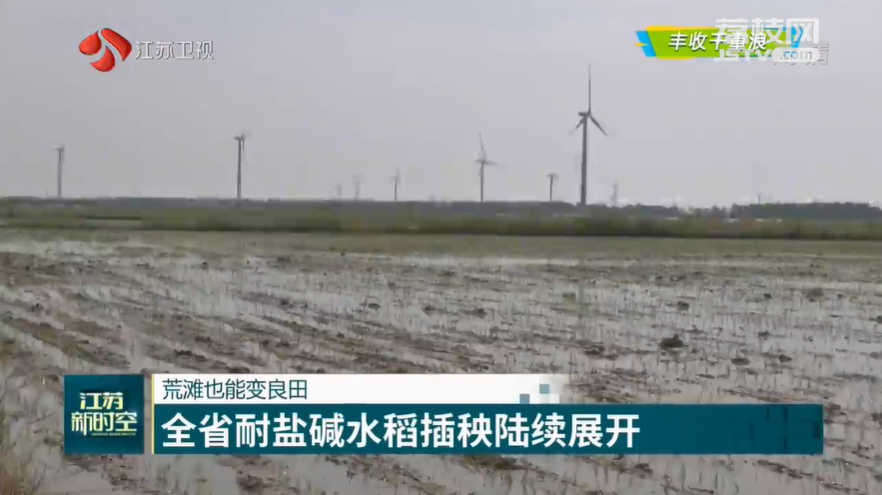
In the salt-tolerant rice demonstration planting base in Fanglingken District, Tuancha Town, Rudong County, the villagers were busy transferring the salt-tolerant rice seedlings to the paddy fields after finishing harvesting the wheat and rapeseed.
Beginning in 2016, the local government began to explore the improvement of saline-alkali land by developing a complete set of stable and high-yield cultivation techniques for salt-tolerant rice. The average soil salinity dropped to less than 6/1,000, and the rice yield per mu increased from 250 kg to more than 590 kg last year.
The researchers, however, found that the growth period of rice on the salt-tolerant land is too long and the rice quality is too hard, which is not suitable for planting and promotion in Jiangsu.
During the summer planting season this year, the scientific research team started demonstration planting of new salt-tolerant rice varieties that are more suitable for local rice-wheat rotation and have soft rice properties.
More than 30 workers are planting nearly 10,000 rice seedlings from all over the country in the saline-alkali-tolerant rice experimental base of Qingkou Salt Farm of Lianyungang city.
The researchers used hybrid breeding and molecular marker technology to accurately locate the salinity-tolerant genes in rice materials, and successfully transferred the related genes into rice varieties suitable for local rice areas.
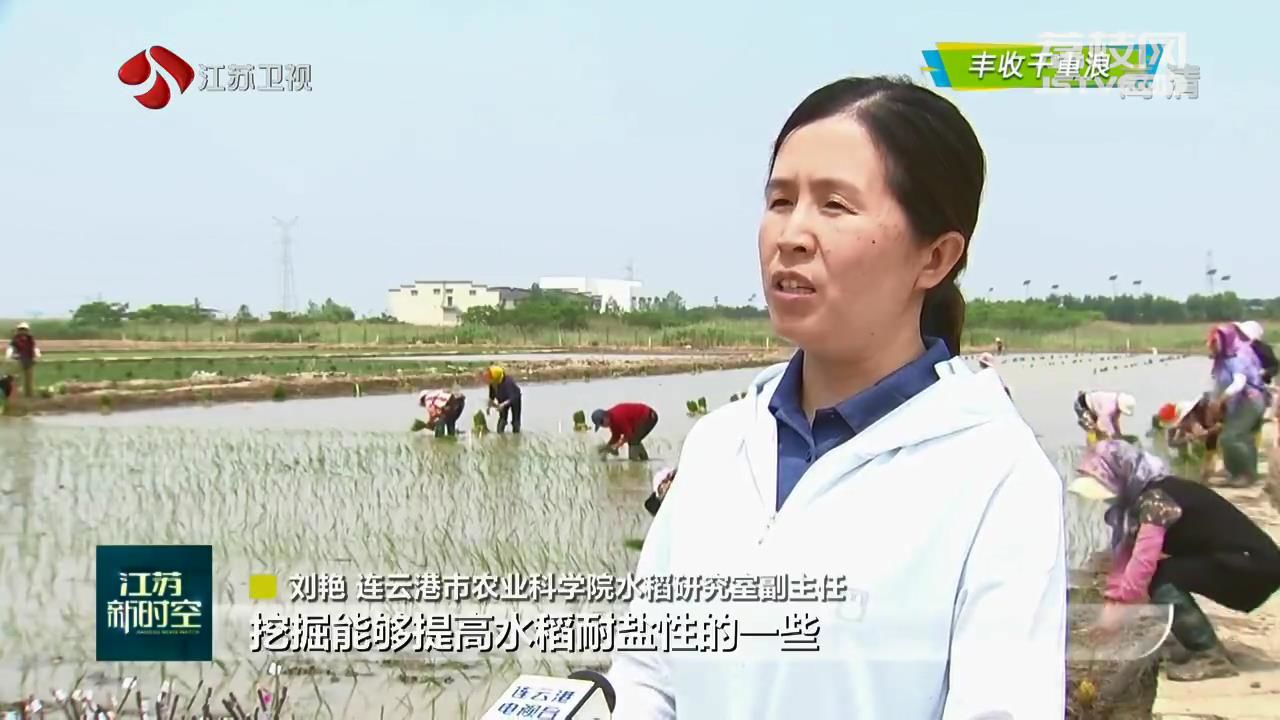
Liu Yan, Deputy Director of Rice Research Office, Lianyungang Academy of Agricultural Sciences, was quoted as saying that the academy will explore genes that can improve the salt tolerance of rice, and develop cultivation techniques suitable for saline-alkali land so as to provide complete technical support for the development of saline-alkali land from varieties to resources and cultivation techniques and strong technical support for the utilization of tidal flat land.


